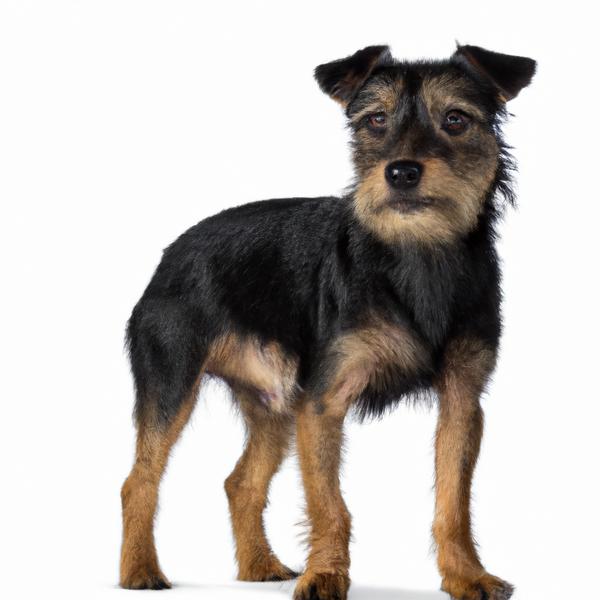Ratshire Terrier vs. New Zealand Heading Dog: Breed Differences and Similarities
Hypoallergenic
Are Ratshire Terriers or New Zealand Heading Dogs hypoallergenic, or neither?
Unfortunately, neither Ratshire Terrier nor New Zealand Heading Dog are hypoallergenic, which may not make them the best choice for dog lovers who suffer from pet allergies.
Temperament
What are the personalities of Ratshire Terrier and New Zealand Heading Dog dogs?
Playful
Loving
Independent
Energetic
Alert
Courageous
Intelligent
Affectionate
Loyal
Lively
Inquisitive
Intelligent
Willing
Shedding Level
Do Ratshire Terriers shed more than New Zealand Heading Dogs, or which breed sheds more, Ratshire Terriers or New Zealand Heading Dogs?
Ratshire Terrier or New Zealand Heading Dog dogs are not heavy shedders, but they will lose a significant amount of hair each year. To decrease the amount of shedding, you can regularly brush your Ratshire Terrier or New Zealand Heading Dog. This will remove loose hair and keep their coat growing in the same direction.
Watchdog Ability
Which dog breed makes a better watchdog, the Ratshire Terrier or New Zealand Heading Dog?
Ratshire Terriers make excellent watchdogs - they're vocal and protective of their territory.
New Zealand Heading Dogs are decent watchdogs - they'll alert their owner if something seems amiss.
Origin
What is the origin of Ratshire Terrier and New Zealand Heading Dog dog breeds?
United States
New Zealand
Ancestry
What are the origins of Ratshire Terrier and New Zealand Heading Dog breeds?
Yorkshire Terrier, American Rat Terrier
Border Collie
Date of Birth
When were Ratshire Terrier and New Zealand Heading Dog breeds first developed?
2000s
1867
Eye Color Possibilites
What are the eye colors of Ratshire Terrier and New Zealand Heading Dog dogs?
Hazel
Brown
Brown
Amber
Nose Color Possibilites
What are the natural nose colors of Ratshire Terrier and New Zealand Heading Dog?
Black
Black
Coat Color Possibilites
What are the natural colors of the coat for Ratshire Terrier and New Zealand Heading Dog breeds?
Black
Gray
Brown
Red
Fawn
Fawn
Silver
White
Pied
Sable
Brindle
Black
White
Fawn
Coat Length
What is the typical coat length for Ratshire Terrier and New Zealand Heading Dog breeds?
Ratshire Terriers have longer coats compared to most dogs.
New Zealand Heading Dogs have medium-length coats.
Coat Density
What is the density of the coat of Ratshire Terrier and New Zealand Heading Dog?
Coat Texture
What is the hair texture of Ratshire Terrier and New Zealand Heading Dog?
Straight
Litter Size
What is the usual litter size for Ratshire Terrier and New Zealand Heading Dog?
A Ratshire Terrier can have a litter of 5-7 puppies on average. However, it's worth noting that the size of the litters can vary greatly. Factors that can influence litter size include the health of the mother, breeding history, and genetics.
A New Zealand Heading Dog can have a litter of 12-14 puppies on average. However, it's worth noting that the size of the litters can vary greatly. Factors that can influence litter size include the health of the mother, breeding history, and genetics.
Adaptability
Ratshire Terrier and New Zealand Heading Dogs are known for their adaptability and versatility. They are capable of adapting well to a wide range of lifestyle changes and living environments, making them great companions for families and individuals of all lifestyles.
Health Issues
Between Ratshire Terrier and New Zealand Heading Dog, which breed is more prone to health problems?
The Ratshire Terrier and New Zealand Heading Dog breeds are commonly healthy with low vet costs, regular check-ups may not be as necessary but it's important to keep an eye on their health and have them checked by a veterinarian when needed.
Major Concerns
What are the major health concerns for Ratshire Terrier and New Zealand Heading Dog breeds?
Portacaval Shunt
Hip And Elbow Dysplasia
Tracheal Collapse
Portosystemic Shunt
None Known
Minor Concerns
What minor health issues should be kept in mind when owning Ratshire Terrier and New Zealand Heading Dog?
Patellar Luxation
Retinal Dysplasia
Progressive Retinal Atrophy (PRA)
Ear Health and Infection
Eye Infections
Occasional Tests
What occasional tests are recommended for Ratshire Terrier and New Zealand Heading Dog breeds?
Eye Examination
Skin Evaluation
Blood And Urine Analysis
Diagnostic Imaging
Dental and Oral Examinations
Electromyography (EMG)
DNA
Ear Examination
Eye examination
Complete Blood Count
Regular Full Physical Examination By Veterinarian
Blood Glucose Tests
Energy
How do the energy levels of Ratshire Terriers and New Zealand Heading Dogs compare?
Ratshire Terriers' high energy levels make them unsuitable for a low-key dog, choose accordingly.
New Zealand Heading Dogs thrive on an active lifestyle due to their high-energy nature.
Social Needs
Ratshire Terrier vs New Zealand Heading Dog social needs comparison
Ratshire Terrier has very high social needs and requires regular mental and physical stimulation, a job or purpose, and companionship.
New Zealand Heading Dog has above average social needs and thrives with interaction with humans and other dogs.
Exercise Needed
Ratshire Terrier vs New Zealand Heading Dog exercise need comparison.
Ratshire Terriers need moderate physical activity and are great for families and active individuals.
New Zealand Heading Dogs need high physical activity and are ideal for active individuals, but not suitable for sedentary lifestyles or small apartments.
Sleeping Need
Which of the two sleeps the most/least: Ratshire Terrier or New Zealand Heading Dog?
Ratshire Terrier and New Zealand Heading Dog are active dogs that may not require as much sleep as other breeds. However, they still need enough sleep to stay healthy.
Tendency to Bark
Do Ratshire Terriers or New Zealand Heading Dogs bark more/less frequently?
Ratshire Terriers bark moderately when necessary and may also bark due to certain triggers like fear, alarm, boredom, greeting, separation anxiety and compulsive barking.
New Zealand Heading Dog dogs are generally less vocal than other breeds and only bark when necessary, such as to alert their owner or communicate.
Mouthiness
Mouthiness Comparison: Ratshire Terrier vs New Zealand Heading Dog?
Roaming urge
Ratshire Terrier vs Labrador: Running away tendency?
Prey Drive
Ratshire Terrier or New Zealand Heading Dog - which breed has a higher level of prey drive?
Past times
What are some enjoyable activities and ways to keep Ratshire Terrier and New Zealand Heading Dog entertained?
Road trip, Walk, Bath time, Run, Nap, Toy catch
Tramping, Fetch, Hunting, Walking, Playing, Running, Long, Basic tricks, Runs, Fetching balls, Walks
Activity Level
Which breed has higher energy, Ratshire Terriers or New Zealand Heading Dogs?
Ratshire Terrier and New Zealand Heading Dog are high-energy dogs that require a lot of mental and physical exercise. Without proper stimulation and attention, these breeds can become problematic. If you're considering these breeds, be prepared to invest time and effort in their exercise and training.
Tolerance of being left alone
Walks per Week
How many miles should Ratshire Terrier or New Zealand Heading Dog walk each week?
There's really no limit to how far you walk your dog as long as they're comfortable. For Ratshire Terrier, it's at least 8 miles / week. Just remember to build distance and stamina gradually over time.
There's really no limit to how far you walk your dog as long as they're comfortable. For New Zealand Heading Dog, it's at least 30 miles / week. Just remember to build distance and stamina gradually over time.
Activity per Day
Do Ratshire Terriers or New Zealand Heading Dogs require more exercise?
In general most Ratshire Terriers usually need at least 90 minutes of exercise daily. This can be spread across the day and include all sorts of high-energy activities, like walking, running and playing.
In general most New Zealand Heading Dogs usually need at least 120 minutes of exercise daily. This can be spread across the day and include all sorts of high-energy activities, like walking, running and playing.
Grooming
Which breed is easier to maintain in terms of grooming, Ratshire Terriers or New Zealand Heading Dogs?
Ratshire Terrier and New Zealand Heading Dog are breeds of dogs that require an average amount of grooming effort.
Brushing Frequency
What is the recommended brushing frequency for Ratshire Terrier and New Zealand Heading Dog dogs?
Ideally, Ratshire Terrier should be brushed at least 2 or 3 times a week (preferably daily) improve shedding.
New Zealand Heading Dog should be brushed at least once a week. Of course you can give them more frequent brushes if you find that they are still shedding a lot
Brushing Tools
What brushing tools are used for Ratshire Terriers and New Zealand Heading Dogs?
Pin Brush
Dematter
Comb
Clipper
Pin Brush
Slicker Brush
Deshedder
Nail Clipper
Cups
How much food should be given to Ratshire Terrier or New Zealand Heading Dog in cups?
For an average 15-20 pound (7 - 9 kg) Ratshire Terrier feed 1 cups daily. But, keep in mind, the amount you feed is going to be dependent on the quality of the food you are feeding.
For an average 55-66 pound (25 - 30 kg) New Zealand Heading Dog feed 3 cups daily. But, keep in mind, the amount you feed is going to be dependent on the quality of the food you are feeding.
Daily Cost
Which breed has a higher daily cost, Ratshire Terrier or New Zealand Heading Dog?
The average cost of a Ratshire Terrier is somewhere $1.10 - $1.40 per day.
The average cost of a New Zealand Heading Dog is somewhere $2.10 - $2.70 per day.
Monthly Cost
Which breed has a higher monthly cost, Ratshire Terrier or New Zealand Heading Dog?
The average per month expenses of a Ratshire Terrier is between $28 - $42. This makes an average of $336 - $504 per year. It will be on the higher side when the dog is still small because it will need more frequent visits to the vet, shots.
The average per month expenses of a New Zealand Heading Dog is between $55 - $73. This makes an average of $660 - $876 per year. It will be on the higher side when the dog is still small because it will need more frequent visits to the vet, shots.
Intelligence
Comparing Intelligence: Ratshire Terriers vs New Zealand Heading Dogs
Ratshire Terriers are average in obedience intelligence but have a high IQ and may cause trouble if left unsupervised.
New Zealand Heading Dog is a very intelligent and trainable breed.
Sensitivity Level
How do Ratshire Terrier and New Zealand Heading Dog compare in sensitivity?
These dog breeds are particularly attuned to its environment and the emotions of those around it. Ratshire Terrier and New Zealand Heading Dog can be easily overwhelmed by loud noises, new environments, unfamiliar people, or animals. This dog breed is best suited for individuals or families who are patient, gentle, and understanding of its sensitive nature. It may also benefit from a calm and stable home environment, with a consistent routine and plenty of positive reinforcement training.
Affection Dependance
Which is the more affectionate dog breed: Ratshire Terrier vs New Zealand Heading Dog?
Apartment Friendly
Which breed is more apartment-friendly: Ratshire Terrier or New Zealand Heading Dog?
Ratshire Terriers make excellent apartment dogs, being fairly active indoors and not requiring a yard.
New Zealand Heading Dogs can do well in apartments with enough exercise and time outside, but a small yard would be ideal.
Child Friendly
Do Ratshire Terriers or New Zealand Heading Dogs have a friendlier temperament towards children?
Ratshire Terriers have an average level of friendliness towards children.
New Zealand Heading Dogs are good with kids if socialized and trained from a young age.
Senior-friendly
Which dog is more suitable as a pet for the elderly - Ratshire Terrier or New Zealand Heading Dog?
Cat Friendly
Do Ratshire Terrier or New Zealand Heading Dog breeds have a better compatibility with cats?
Ratshire Terriers and New Zealand Heading Dogs are one of the best dogs for cats. They accept cats readily as part of the family. However, this dog breed should be trained to not chase after the kitty early on
Dog Friendly
Which breed is more sociable with other dogs: Ratshire Terrier or New Zealand Heading Dog?
Ratshire Terriers are average in their friendliness towards other dogs, and socialization can help.
New Zealand Heading Dogs are generally very friendly towards other dogs, with a happy and affectionate temperament.
Pet friendly
How do Ratshire Terrier or New Zealand Heading Dog dogs interact with other pets?
Stranger Friendly
Which breed is more friendly with strangers: Ratshire Terrier or New Zealand Heading Dog?
Ratshire Terriers are friendly but may bark at strangers, and training is easy due to their intelligence.
New Zealand Heading Dogs are averagely friendly around strangers but benefit from early socialisation.
Playfulness
Which breed is more playful between Ratshire Terrier and New Zealand Heading Dog?
Ratshire Terriers have an average level of playfulness, enjoying playtime like most dogs but not excessively so.
New Zealand Heading Dogs are a playful breed that needs daily playtime to be happy.
Trainability
How do the trainability levels of Ratshire Terriers and New Zealand Heading Dogs compare?
Ratshire Terriers are usually easy to train but require consistency to fully obey commands.
The New Zealand Heading Dog is highly intelligent and eager to please, making it a great choice for both novice and experienced dog owners due to its easy trainability.
Compare Ratshire Terrier with other breeds
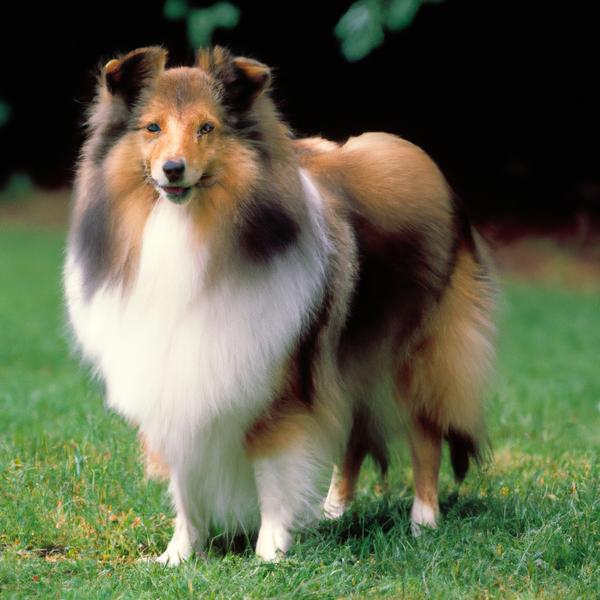
Sheltie-Kee
Ratshire Terrier vs Sheltie-Kee
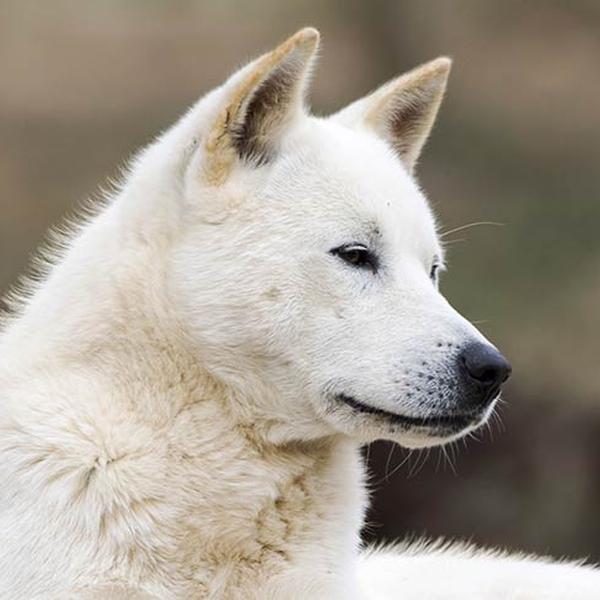
Jindo
Ratshire Terrier vs Jindo
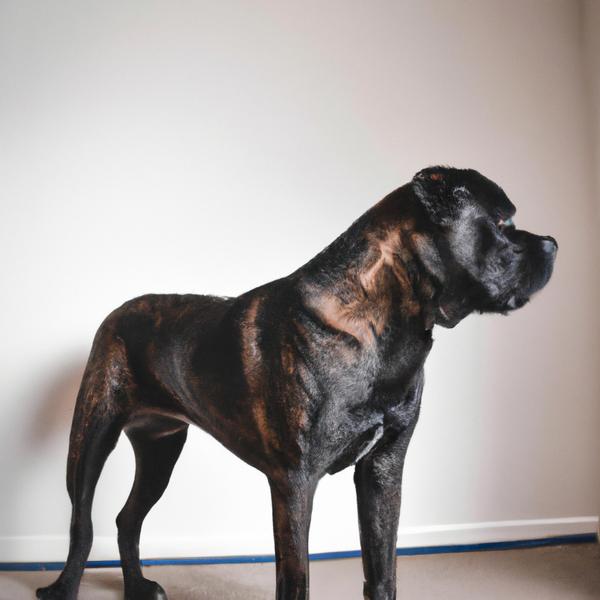
King Cavrin
Ratshire Terrier vs King Cavrin
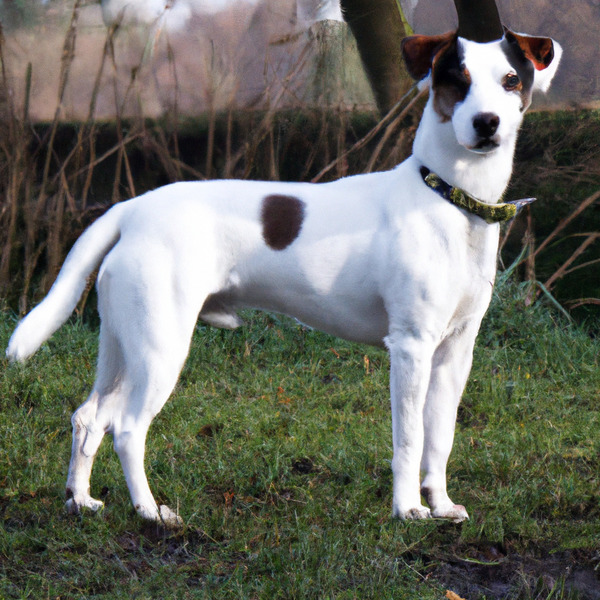
Markiesje
Ratshire Terrier vs Markiesje
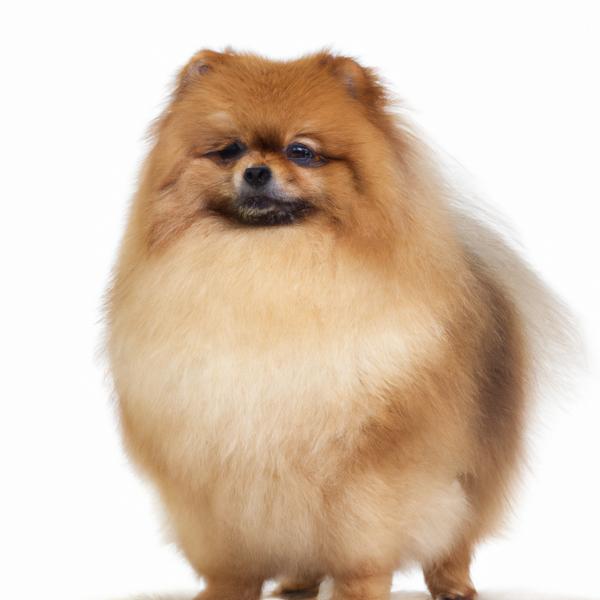
Pom-Silk
Ratshire Terrier vs Pom-Silk

Dameranian
Ratshire Terrier vs Dameranian
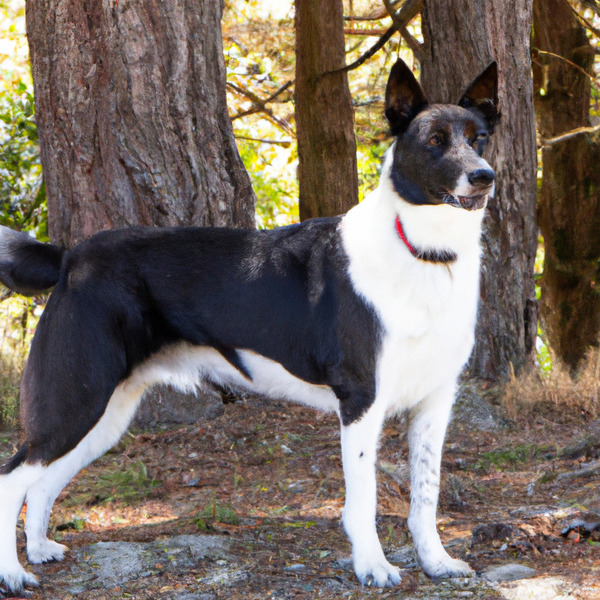
New Zealand Heading Dog
Ratshire Terrier vs New Zealand Heading Dog
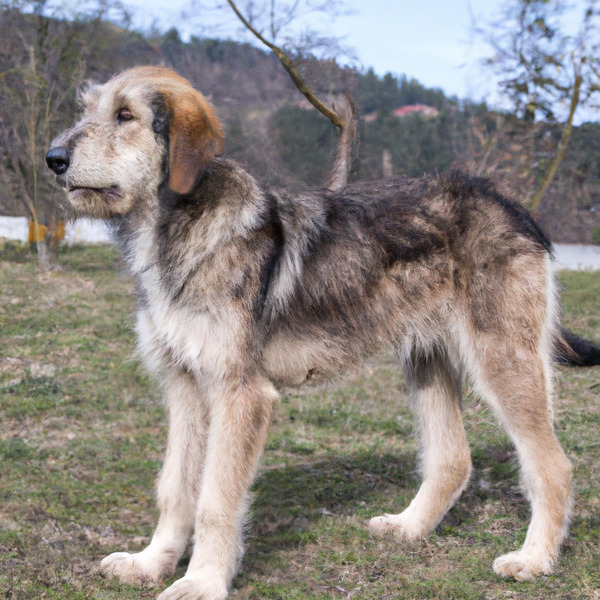
Barak (Bosnian Coarse-haired Hound)
Ratshire Terrier vs Barak (Bosnian Coarse-haired Hound)
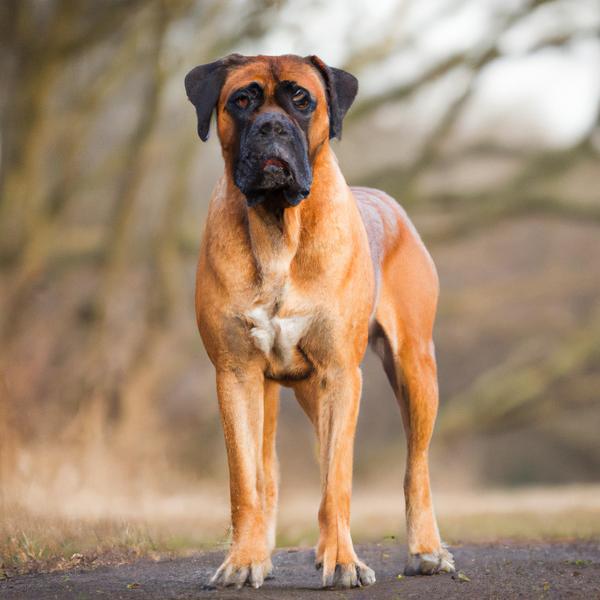
Boerboel
Ratshire Terrier vs Boerboel
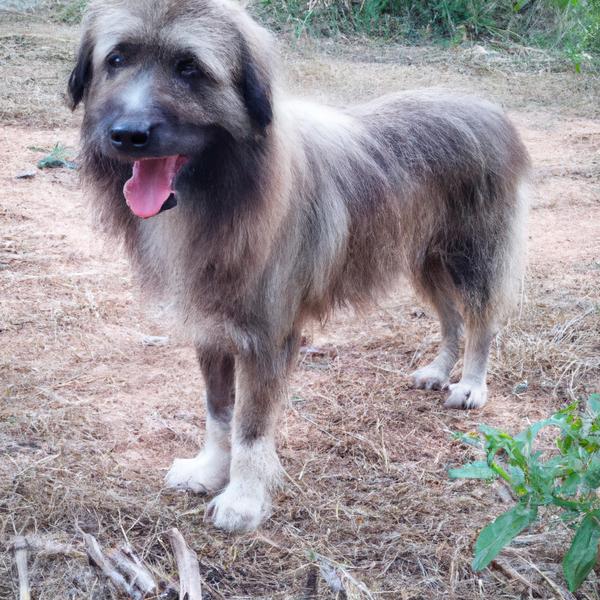
Papiox
Ratshire Terrier vs Papiox
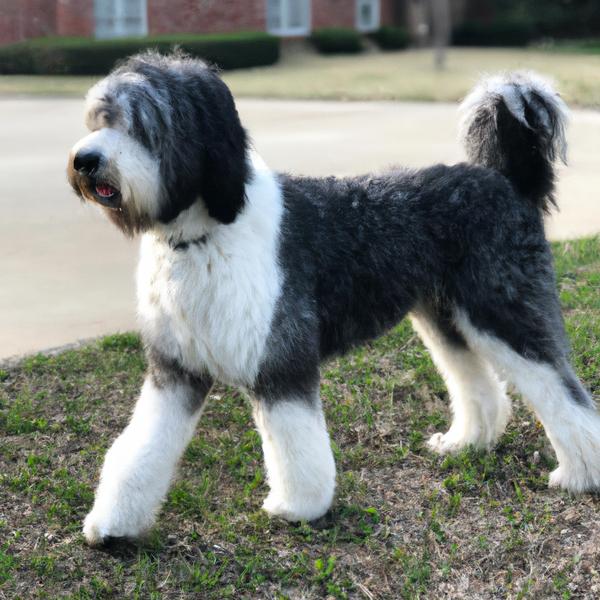
Sheepadoodle
Ratshire Terrier vs Sheepadoodle
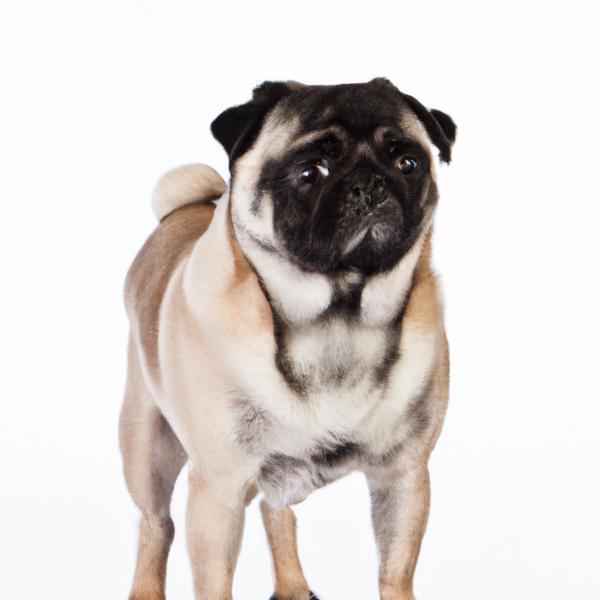
Pug-A-Mo
Ratshire Terrier vs Pug-A-Mo
